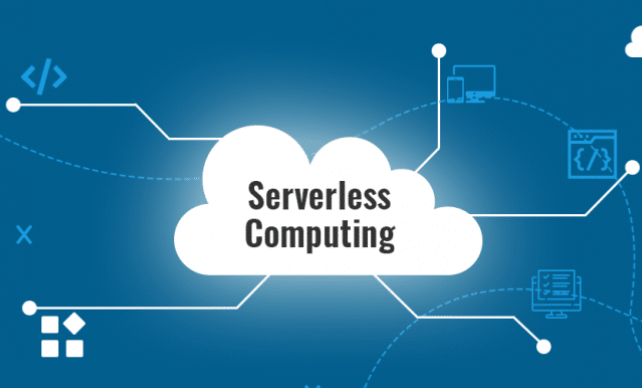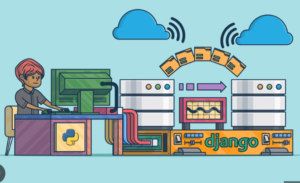Java is a versatile programming language that can be used for serverless computing, allowing you to build scalable and event-driven applications without managing the underlying infrastructure. Here’s how you can leverage Java for serverless computing:
- Choose a Serverless Platform:
Select a serverless platform that supports Java for deploying your serverless applications. Some popular options include AWS Lambda, Azure Functions, Google Cloud Functions, and IBM Cloud Functions. - Set Up the Development Environment:
Install the Java Development Kit (JDK) on your machine. Ensure that you have a compatible version of Java supported by the serverless platform you’ve chosen. Additionally, install the serverless framework or the platform-specific command-line tools to deploy and manage your serverless functions. - Develop Serverless Functions:
Write the Java code for your serverless functions. Each serverless function represents a discrete unit of functionality that can be triggered by an event. Follow the guidelines and APIs provided by the serverless platform to define the function’s entry point and handle the event. - Package and Deploy:
Package your Java code along with any necessary dependencies into a deployable artifact, such as a JAR file. Use the serverless framework or the platform-specific tools to deploy your functions to the serverless platform. This process varies depending on the platform you’re using, so consult the documentation for specific instructions. - Handle Events and Triggers:
Configure the events or triggers that will invoke your serverless functions. Events can include HTTP requests, database updates, file uploads, message queue events, scheduled tasks, or any other event source supported by the serverless platform. Specify the event source and configure the function to respond accordingly. - Configure Function Scaling and Concurrency:
Define the scaling behavior and concurrency limits for your serverless functions. Serverless platforms automatically scale your functions based on the incoming load. Configure parameters such as maximum concurrent executions, memory allocation, and timeout limits to ensure optimal performance and cost efficiency. - Leverage Cloud Services and APIs:
Take advantage of cloud services and APIs provided by the serverless platform or other cloud providers. Integrate with services like databases, object storage, message queues, authentication providers, or AI/ML services to enhance the functionality of your serverless applications. - Implement Logging and Monitoring:
Incorporate logging and monitoring into your serverless functions to gain insights into their behavior and troubleshoot issues. Use platform-specific monitoring tools, logging frameworks, or third-party services to capture and analyze logs, metrics, and performance data. - Test and Debug:
Develop unit tests and integration tests for your Java serverless functions to ensure their correctness and robustness. Use local testing tools provided by the serverless framework or simulate events to test the behavior of your functions. Debug any issues by leveraging the platform’s debugging tools or logging capabilities. - Continuous Integration and Deployment (CI/CD):
Implement a CI/CD pipeline to automate the build, testing, and deployment of your Java serverless applications. Use tools like Jenkins, GitLab CI/CD, or AWS CodePipeline to streamline the development workflow and ensure consistent deployments.
Serverless computing with Java allows you to focus on writing business logic and handling events without the need to manage infrastructure. By leveraging the capabilities of serverless platforms, you can build scalable and cost-effective applications that respond to events in real-time.



